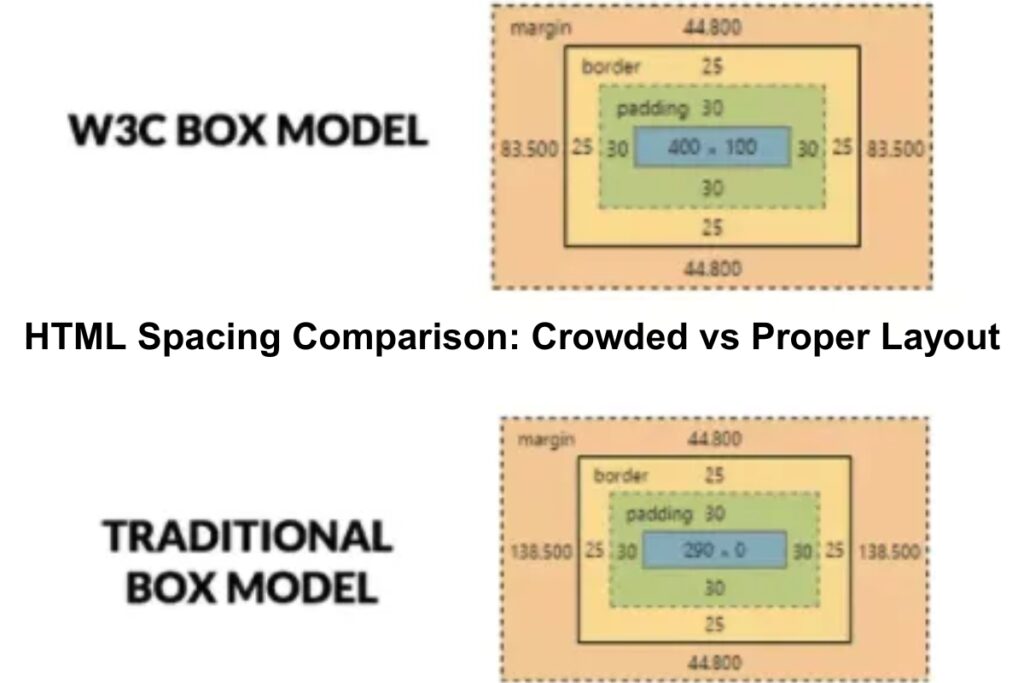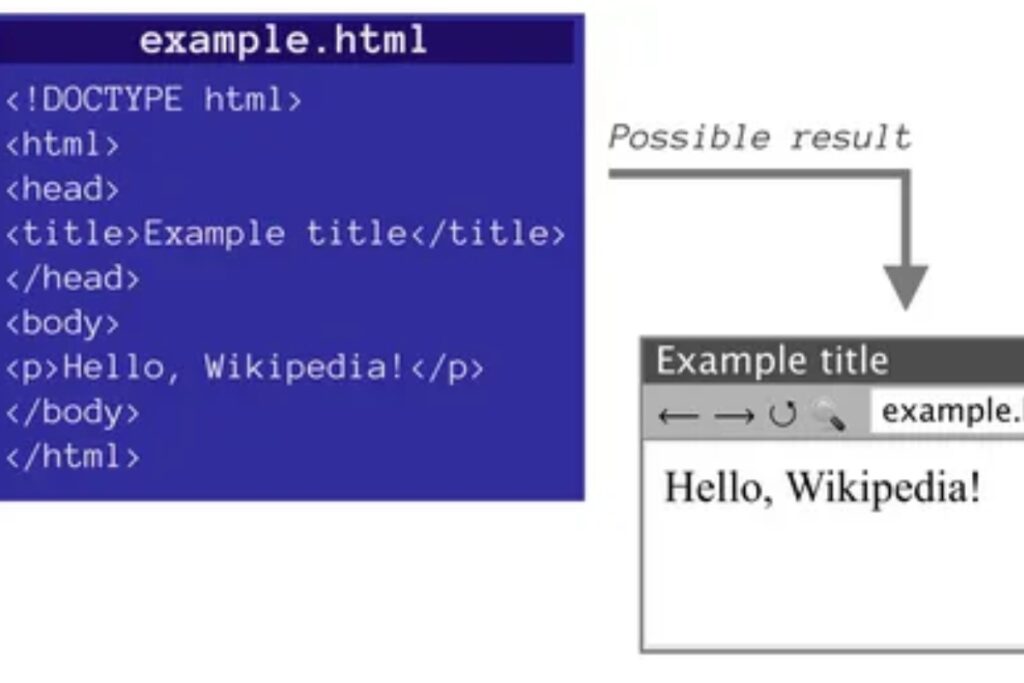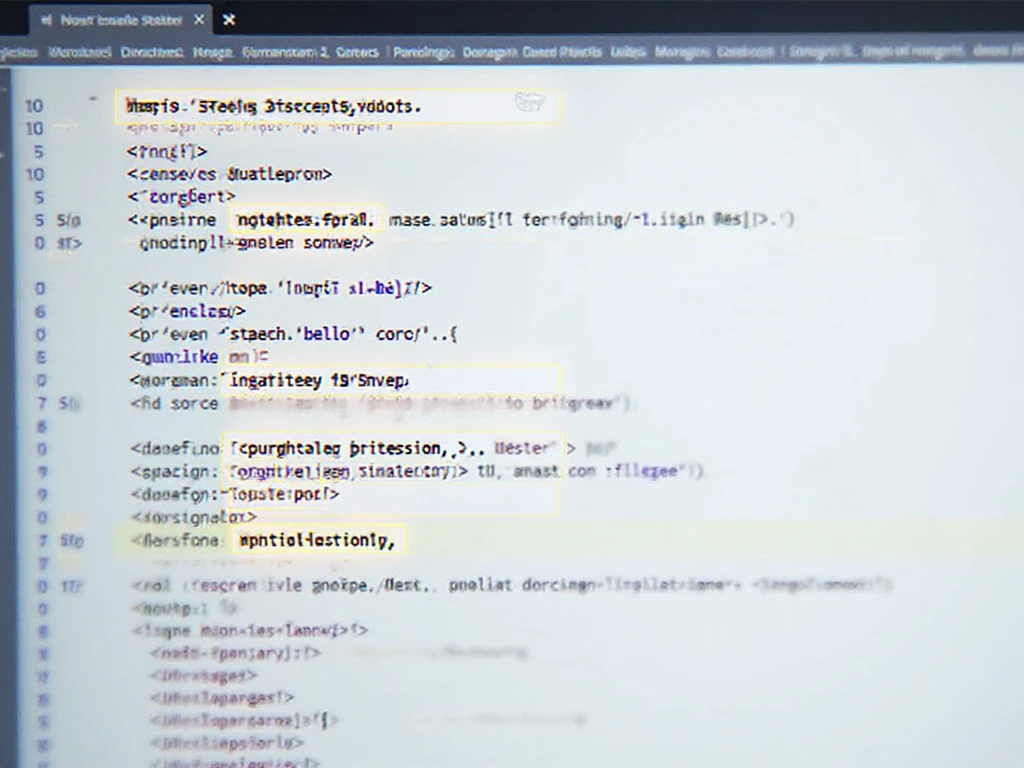Adding space in HTML is one of the most essential skills for web developers and content creators Understanding spacing helps make web pages readable organized and visually appealing.
Many beginners struggle because browsers automatically collapse multiple spaces into one This guide will teach you all the practical ways to add space in HTML using HTML entities CSS and other methods. For more insights on startup tech and digital growth, explore the Rteetech homepage.
Why Spacing Matters in HTML and How to Add Space in HTML

Proper spacing in HTML ensures web pages are readable organized and visually appealing It helps users scan text navigate forms and tables easily Understanding how to add space in HTML prevents crowded layouts and improves user experience Learning this skill is essential for developers and content creators.
Key Benefits of Proper HTML Spacing
- Improves readability for text and lists
- Enhances the layout of forms tables and menus
- Makes content more appealing on desktops and mobile
- Helps in aligning elements without using images or complex code
HTML Entities: Adding Space with Code
HTML entities are special characters that help add spaces where regular spaces do not work The most common is which stands for non-breaking space
How to Use Non-Breaking Space
- adds one space beyond the default
- Multiple can be used consecutively for wider gaps
- Useful for keeping words together on the same line
Example:
<p>This is spaced text</p>This method is ideal for simple inline spacing or small layout adjustments without using CSS
Using CSS for Precise Spacing
While HTML entities work for inline space CSS gives you full control over spacing in layouts
CSS Techniques to Add Space
- Margin: Adds space outside elements
<p style="margin-left: 30px;">Indented paragraph</p>- Padding: Adds space inside elements
<div style="padding: 20px;">Content with padding</div>- Letter-spacing: Adjusts space between letters
<p style="letter-spacing: 3px;">Spaced Letters</p>- Word-spacing: Adjusts space between words
<p style="word-spacing: 10px;">Spaced words example</p>Using CSS ensures consistent spacing across multiple elements and improves semantic structure
Creating Vertical Space
Vertical space separates content blocks for better readability
Methods for Vertical Spacing
- Line breaks:
<p>First line</p>
<br>
<p>Second line</p>- CSS margin:
<p style="margin-bottom: 30px;">First paragraph</p>
<p>Second paragraph</p>- Empty divs:
<div style="height: 50px;"></div>CSS methods are preferred because they maintain cleaner markup and better accessibility
Spacing in Forms and Tables
Proper spacing in forms and tables prevents crowded layouts and improves readability
Form Example:
<label for="name">Name: </label>
<input id="name" type="text">Table Example:
<td>First Name</td>Spacing ensures labels and values do not overlap and improves user experience
Dynamic Spacing with JavaScript
JavaScript can make spacing interactive and responsive
Example:
<p id="dynamic">Adjust spacing here</p>
<button onclick="addSpace()">Add Space</button>
<script>
function addSpace() {
const el = document.getElementById('dynamic');
el.style.letterSpacing = '5px';
el.style.wordSpacing = '15px';
}
</script>Dynamic spacing is useful for accessibility features or customizable interfaces
Accessibility Considerations
Excessive use of or empty elements can confuse screen readers Use semantic HTML and CSS whenever possible to maintain accessibility White-space properties like pre can preserve formatting for code samples
Tips for Accessible Spacing
- Avoid using too many in paragraphs
- Use CSS for consistent gaps between sections
- Test layouts with screen readers to ensure usability
Using White-Space Control for Custom Layouts
The white-space CSS property is a powerful tool for controlling how text and spaces are displayed in HTML By default browsers collapse multiple spaces into a single space but using white-space you can preserve spacing and line breaks This is especially useful for preformatted text code samples or precise layouts
Key Options for White-Space Property
- normal: Collapses spaces and wraps text normally
- nowrap: Prevents text from wrapping onto a new line
- pre: Preserves spaces and line breaks exactly as in the HTML
- pre-wrap: Preserves spaces but allows text to wrap within the container
Example:
<pre>
Line 1
Line 2
Line 3
</pre>This keeps all spacing intact and is useful for code or formatted text
Combining HTML and CSS for Responsive Spacing
Using HTML spacing alone works for simple pages but combining CSS allows for flexible and responsive design With CSS you can define spacing that adapts to different screen sizes devices and resolutions
Techniques for Responsive Spacing
- Percentage-based margins: Adjust spacing relative to container width
<div style="margin-left: 5%;">Responsive margin</div>- Viewport units: Use vw or vh for spacing based on viewport size
<p style="margin-bottom: 3vh;">Paragraph with responsive spacing</p>- Media queries: Change spacing for different screen widths
@media (max-width: 768px) {
p { margin-bottom: 20px; }
}Combining HTML entities for inline spacing with CSS responsive techniques ensures your web pages remain readable and visually balanced on all devices.
Examples of Adding Space in HTML

Inline Text Spacing:
<p>Hello World</p>Paragraph Spacing:
<p style="margin-bottom: 25px;">Paragraph one</p>
<p>Paragraph two</p>Form Elements:
<input type="text" style="margin-right: 10px;">
<input type="text">These examples show practical ways to improve spacing without cluttering the HTML
Conclusion
Adding space in HTML is essential for clean readable and visually appealing web pages You can use HTML entities CSS line breaks or JavaScript depending on the situation.
how to add space in HTML. Proper spacing improves user experience makes content accessible and ensures professional layouts Focus on using semantic HTML and CSS for best practices. learn more about our SEO for business growth strategies instead of just “Rteetech LCC”.
FAQs
What is the easiest way to add space in HTML?
The easiest way to add space in HTML is by using Learn how to add space in HTML for simple inline spacing
Can I use CSS instead of HTML entities to add space in HTML?
Yes CSS properties like margin padding letter-spacing and word-spacing are ideal when learning how to add space in HTML
How do I add vertical space in HTML between paragraphs?
To add vertical space in HTML use CSS margin-bottom or empty divs This is the proper way to add space in HTML
What does mean when adding space in HTML?
stands for non-breaking space It is commonly used when learning how to add space in HTML
Can improper spacing affect accessibility in HTML?
Yes too many or empty elements can confuse screen readers Always use CSS and best practices when learning how to add space in HTML
How do I add space in HTML forms and input fields?
Use or CSS margin and padding to adjust spacing between labels and inputs This is essential for how to add space in HTML effectively
What is the difference between letter-spacing and word-spacing in HTML?
Letter-spacing adjusts space between letters Word-spacing adjusts space between words Both are important techniques for how to add space in HTML
Can JavaScript help add space dynamically in HTML?
Yes JavaScript can modify letter-spacing and word-spacing dynamically This is another way to add space in HTML interactively
How can I add space in HTML for tables?
Use or CSS padding and margin between cells These methods show practical ways for how to add space in HTML tables
What are common mistakes when adding space in HTML?
Relying only on multiple instead of CSS can create messy layouts This is a mistake to avoid when learning how to add space in HTML


